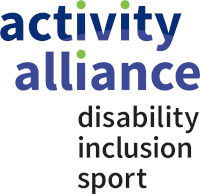Title
Income and physical activity/sedentary behaviour patterns
Research Area
Economy; Tackling Inactivity
Author
Shuval, K et al; Preventive Medicine
Summary of Findings
US researchers examined the association between income and the intensity of physical activity across a nationally representative sample of US adults. 5,206 participants of the National Health and Examination Survey were selected for this study and they were asked to wear accelerometers and answer a questionnaire that included information on their income levels.
On analysing the data, researchers found that those with a higher income were more likely to achieve the guideline level of physical activity than those with a lower income. Those with a higher income had a higher average daily number of active minutes but also a higher average daily number of sedentary minutes. The researchers concluded that "higher annual household income is related to more intense, less frequent (per week) patterns of physical activity and more daily sedentary time".
Implications
Sport England data supports the notion that people on higher incomes are more likely to be active. This research raises additional points regarding intensity of activity and daily patterns of behaviour that limit opportunities to build activity into daily routines.
.png)













